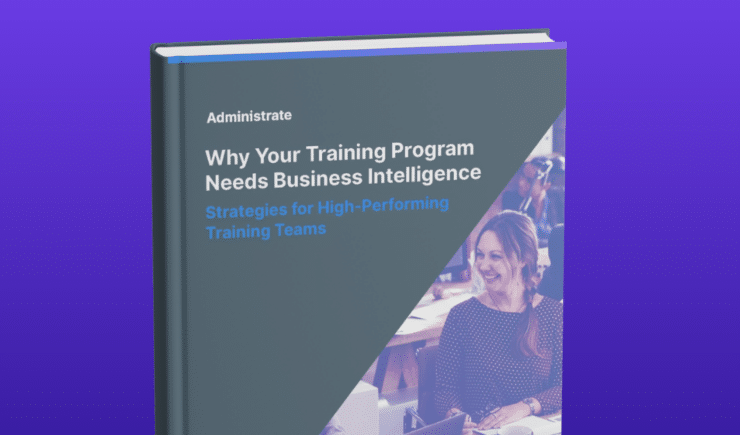
Training Management Systems vs. Learning Management Systems: The Complete Guide
Discover the key differences between a Training Management System and a Learning Management System. Learn when to use each—and why.
Read our guides that share the latest industry insights and tips for how to optimize your training management.


Discover the key differences between a Training Management System and a Learning Management System. Learn when to use each—and why.

You can simplify your training data so it is more useful. This guide shows you how.

You can use a template to improve training logistics and plan faster. This guide shows you how.

Training teams can double training volume for onboarding programs, without adding additional staff or work. This guide shows you how.

When productions lines are mired in downtime, millions of dollars are lost every minute. Training can help stop these losses.…

Training can be a source of valuable recurring revenue. This guide explains how you can get started, and which tools…

This guide will help you with strategies for planning training at scale.

Headless architecture empowers rapid digital transformation in enterprise training. Here’s how it changes training management software.

Here’s how enterprise training teams can harness training data to make rapid data-driven decisions.

Explore the four types of learning analytics, recent adaptations in training ROI reporting, and how to build a learning analytics…

Explore why top training teams grow beyond spreadsheets and how to know if you’re ready to do the same.

Discover how leading training teams move beyond activity metrics with learning analytics. Demonstrate how training outcomes impact organizational KPIs.